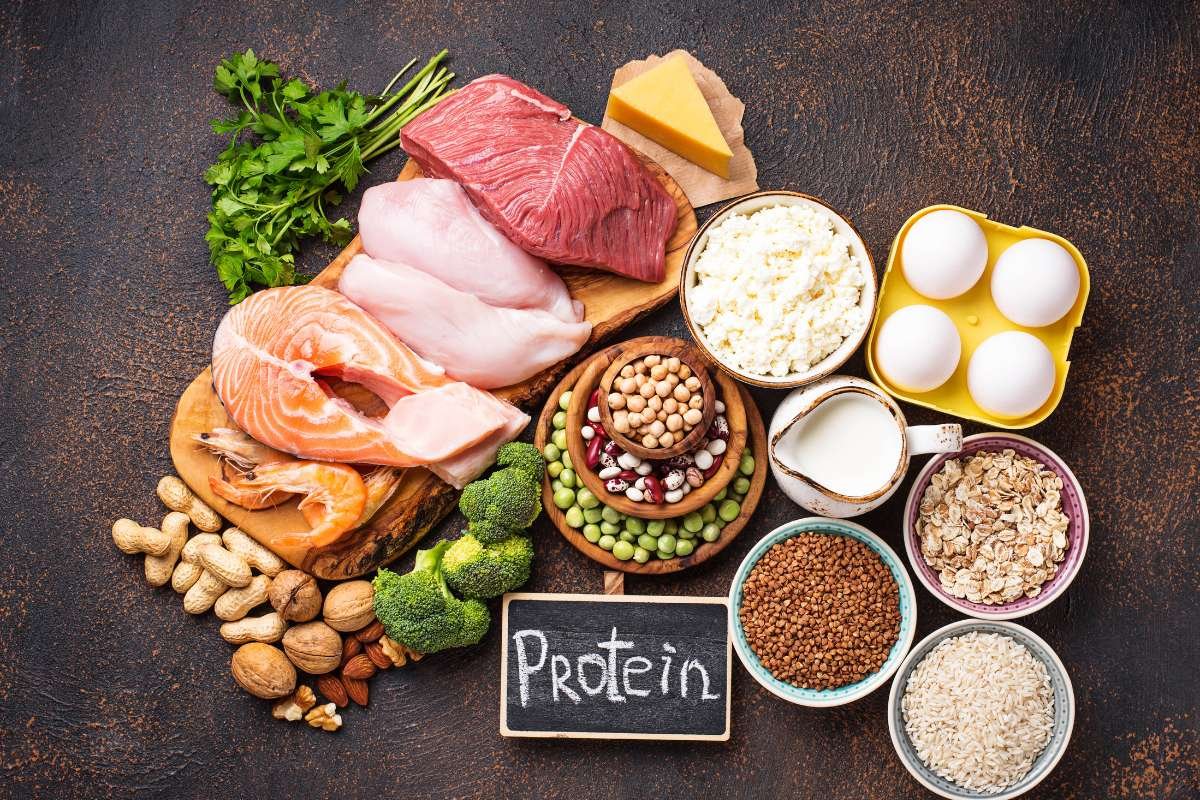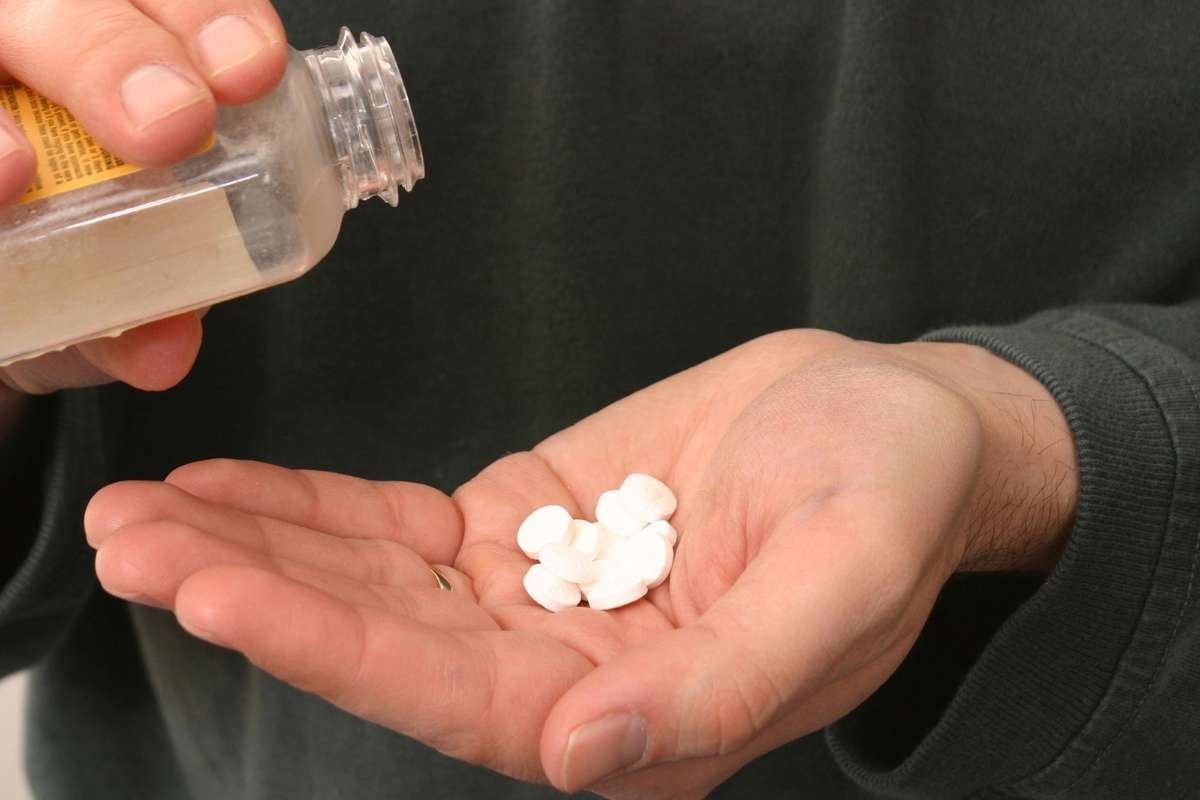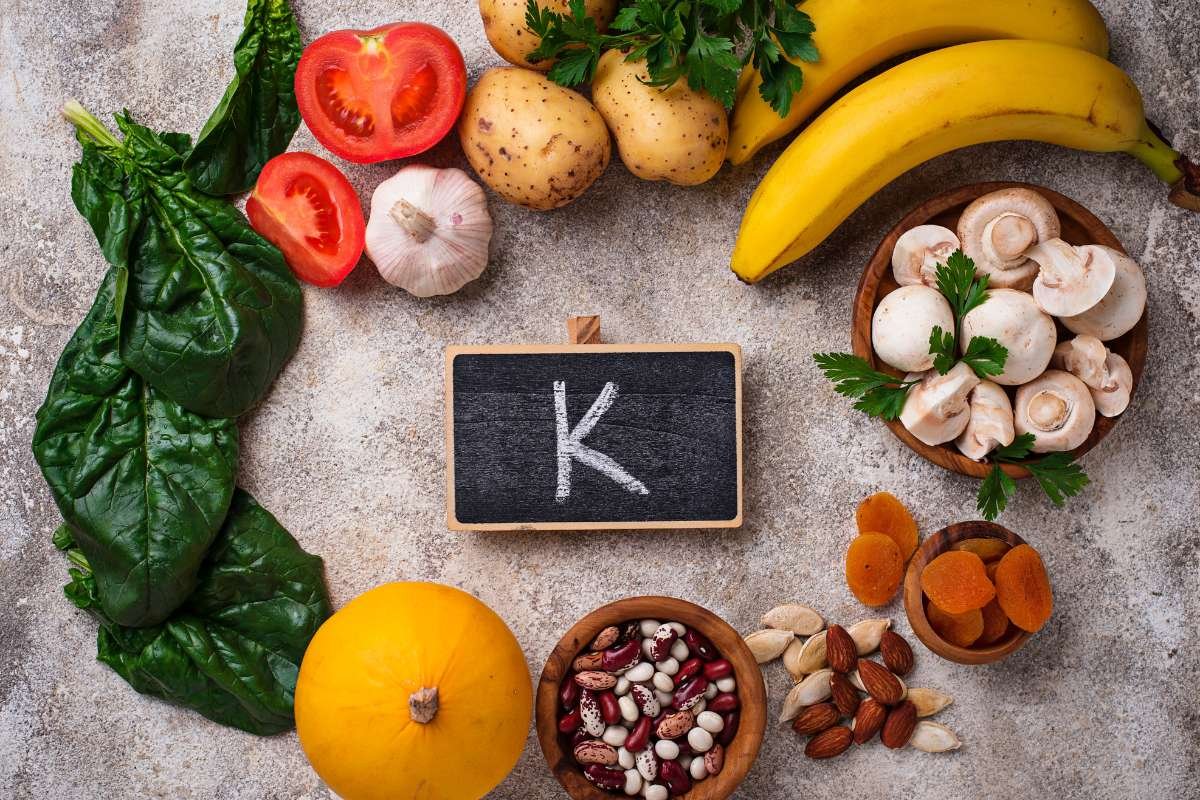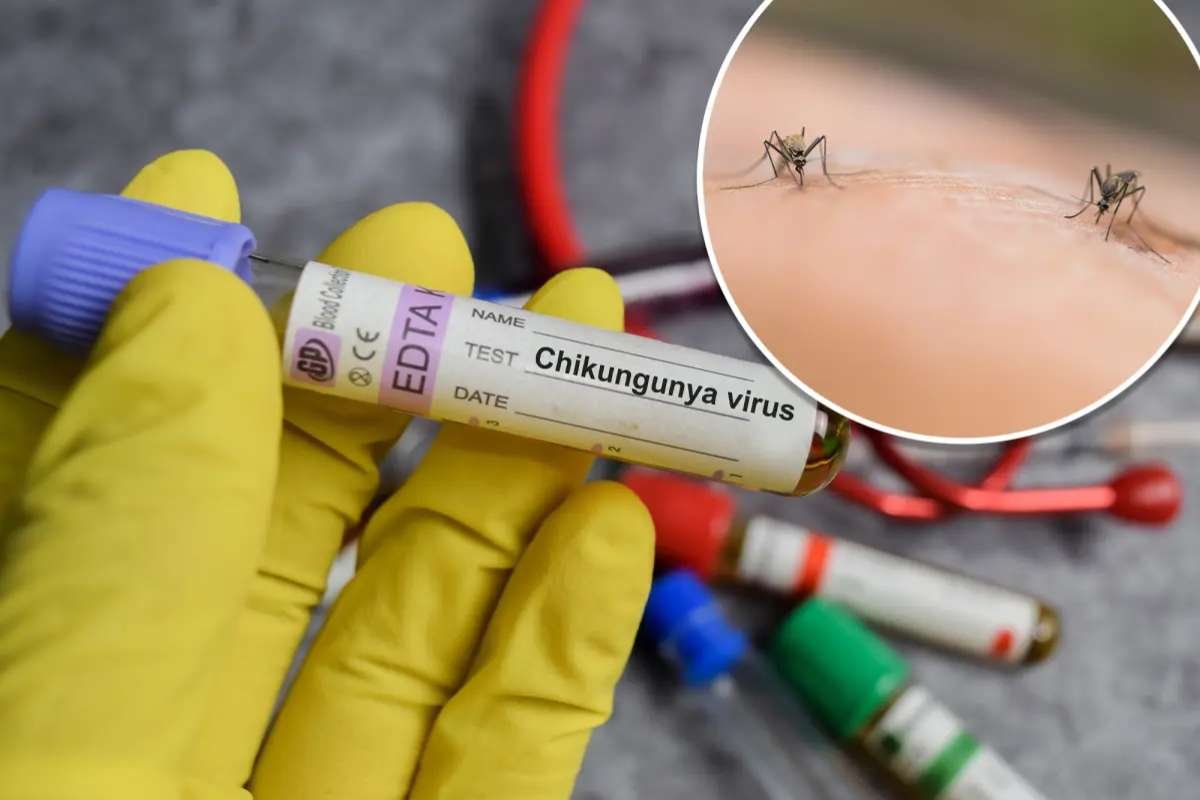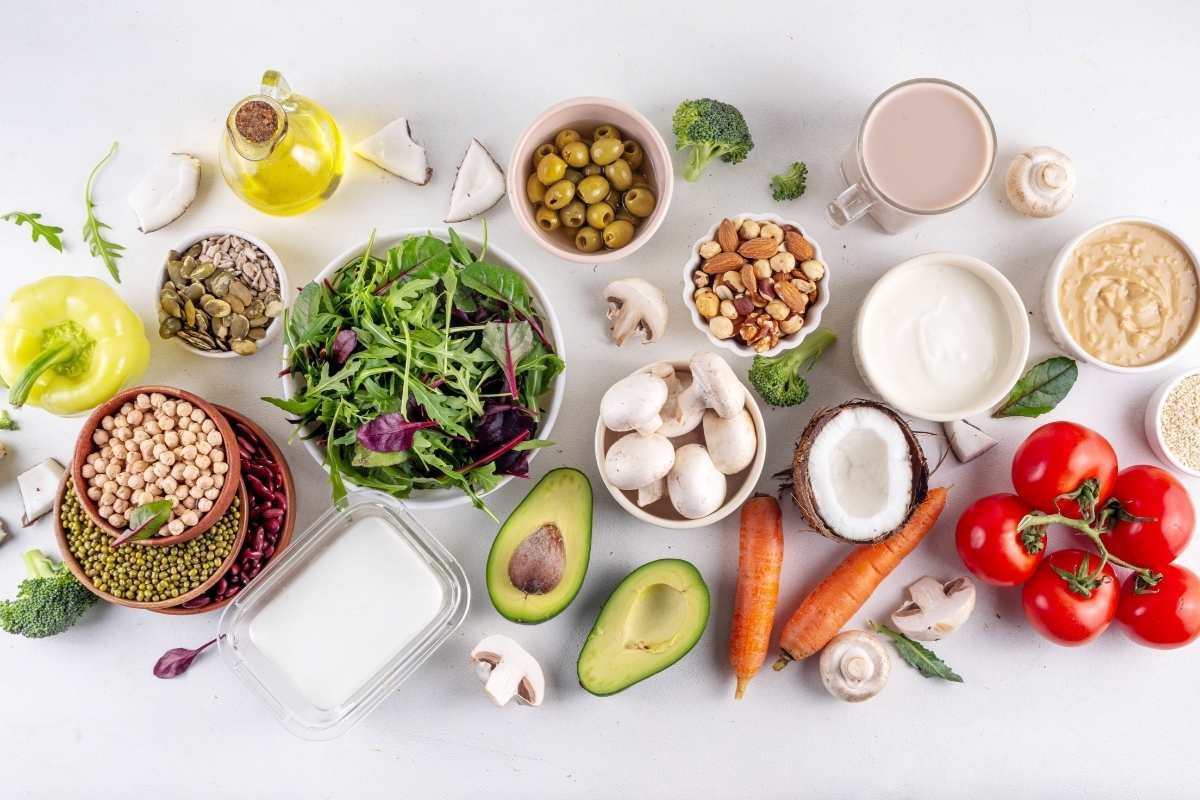Neurotransmitters are chemical messengers that neurons use to communicate. The structures of the vesicular monoamine transporter 2 (VMAT2), a crucial element of neural communication, have been successfully clarified by researchers at St. Jude Children’s Research Hospital by utilising their structural biology expertise.
Scientists have gained a better understanding of VMAT2’s function and how its various forms affect drug binding by observing it in various stages. This knowledge is crucial for the development of new drugs to treat hyperkinetic (excessive movement) illnesses like Tourette syndrome. The journal Nature published the work recently.
How neurons communicate with one another
Neuronal communication is mostly dependent on chemicals known as monoamines, which include dopamine, serotonin, and adrenaline. The brain’s ability to regulate emotions, sleep, movement, respiration, circulation, and numerous other processes is impacted by these chemicals. Neurotransmitters, or signalling molecules, such as monoamines are made and released by neurons; however, they must first be encapsulated in vesicles.
Neurotransmitters are held in vesicles, which are cellular compartments, until they are released at synapses, which are the points where chemical signals are sent from one neuron to another. Consider vesicles to be the neuronal cell’s cargo ships, carrying neurochemicals to their destinations inside.
Similar to loading cranes for the cargo ships, VMATs are proteins on the membrane of these vesicles that transport monoamines into the interior.
In order to pack these monoamine neurotransmitters into synaptic vesicles, transporters called VMATs are needed, according to co-corresponding author Chia-Hsueh Lee, Ph.D., of the St. Jude Department of Structural Biology.
The “cargo ship” travels towards the synaptic gap, or the area between neurons, where it releases the chemical compounds, after the VMAT has filled the vesicle with monoamines.
Multifaceted nature of monoamine transporters
VMAT comes in two flavours: VMAT1 and VMAT2. VMAT2 is widely distributed across the neural system and has substantial therapeutic relevance, while VMAT1 is more specialised and restricted to neuroendocrine cells.
According to Lee, “We knew that VMAT2 is physiologically very important.” Pharmacologically relevant medications that are used to treat hyperkinetic disorders including chorea and Tourette Syndrome target this transporter.
The structure of VMAT2, which would enable researchers to properly examine how it functions, had remained mysterious despite its significance. Using cryo-electron microscopy (cryo-EM), Lee and his colleagues were able to get structures of VMAT2 attached to medications such as reserpine and tetrabenazine, which are used to treat hypertension and chorea, respectively, and the monoamine serotonin. This was no little accomplishment.
According to co-first author Yaxin Dai, PhD, of the St. Jude Department of Structural Biology, “VMAT2 is a small membrane protein.” This makes determining the target’s cryo-EM structure extremely difficult.
Despite the challenges, the scientists managed to obtain various structures of VMAT2, which they used to decipher the protein’s function and explore the precise mechanism of action of those medications. When delivering their substrate, VMAT transporters take on a variety of conformations. “Outward” or “inward” facing proteins are involved in alternate access transport, as co-first author Shabareesh Pidathala, Ph.D., of the St. Jude Department of Structural Biology, described. “We needed to capture multiple conformations of this transporter in order to fully obtain mechanistic understanding at an atomic level.”
Resolving a query posed forty years ago
The scientists found that this dynamic system gives medications several chances to bind. It was verified that tetrabenazine and reserpine bind to two distinct conformations of VMAT2. “These two drugs bind to the transporter in different ways, as suggested by 30 or 40 years of pharmacological research,” Pidathala said, “but nobody knew the atomic details of how this works.” Our findings clearly show that these two medications stabilise the transporter in two distinct conformations, preventing its function.
The researchers were able to identify particular amino acids that interact with the neurotransmitter and promote transport by analysing the structure of VMAT2 with serotonin attached. “We think this transporter uses a common mechanism to engage all the monoamines,” Lee stated.
Although the understanding of monoamine transport has advanced significantly as a result of this work, Lee and his colleagues are still investigating its mechanism. Protons travelling in the opposite direction, for instance, provide energy for monoamines to enter vesicles. Lee stated, “We have determined which amino acids are critical for this proton-dependent activity, but we are still unsure of the precise mechanism by which protons drive this transport. Our next step will be to identify this mechanism, which will enable us to comprehend this transporter’s operation in its entirety.
Reference: “Mechanisms of neurotransmitter transport and drug inhibition in human VMAT2” by Shabareesh Pidathala, Shuyun Liao, Yaxin Dai, Xiao Li, Changkun Long, Chi-Lun Chang, Zhe Zhang and Chia-Hsueh Lee, 32 October 2023, Nature.
DOI: 10.1038/s41586-023-06727-9
The study’s other first author is Shuyun Liao of the School of Life Sciences, Peking University. The study’s co-corresponding author is Zhe Zhang of the School of Life Sciences, Peking University. Other authors include Xiao Li and Chi-Lun Chang of St. Jude, and Changkun Long of the School of Life Sciences, Peking University.
The study was supported by grants from National Institutes of Health (R01GM143282), the National Key Research and Development Program of China (2021YFA1302300), the National Natural Science Foundation of China (32171201), the SLS-Qidong innovation fund, the Li Ge-Zhao Ning Life Science Youth Research Foundation, the State Key Laboratory of Membrane Biology of China, and ALSAC, the fundraising and awareness organization of St. Jude.
Also Read: Scientists identify new Genetic Target for Male Contraception


